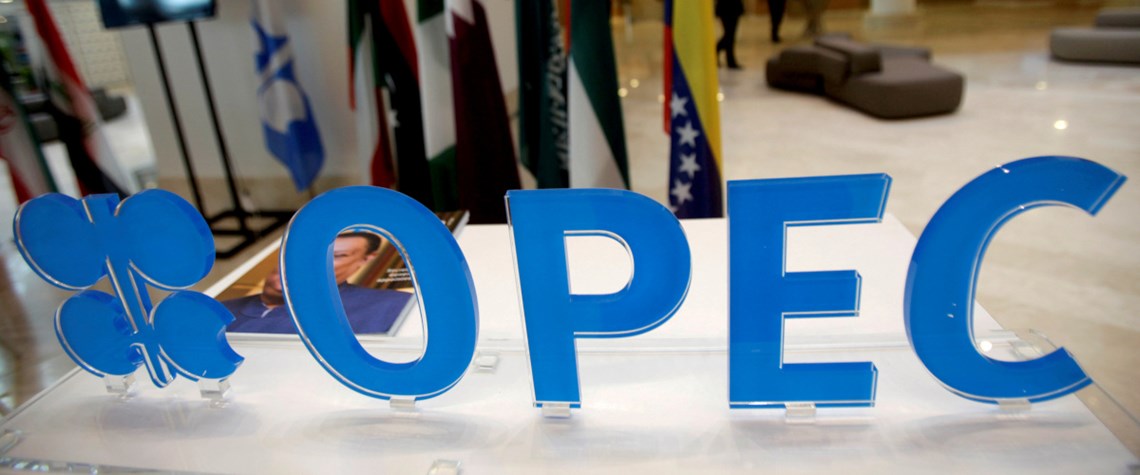Iran, the UAE and Libya to pose Opec+ headaches
Covid-19 has forced Opec+ to weather unprecedented oil demand destruction and oversupply. 2021 will be equally as challenging
To claim Covid-19 has clashed with the interests of Opec+ producers through 2020 is a blunt understatement when considering the struggles faced by the organisation through the year. Stark demand destruction—in excess of 10mn bl/d through much of 2020—was only made worse by a short-lived Saudi–Russian price war during April. The combination helped to explode the size of global inventories while simultaneously pushing spot prices to levels not seen in over a decade. As a result, Opec+ has been forced to undergo historic production restraint to assist in the market rebalancing effort. Despite recent improvements in the marginal oil supply-demand balance, the producers’ club will face several is

Also in this section
12 December 2025
The latest edition of our annual Outlook publication, titled 'The shape of energy to come: Creating unique pathways and managing shifting alliances', is available now
12 December 2025
The federal government is working with Alberta to improve the country’s access to Asian markets and reduce dependence on the US, but there are challenges to their plans
11 December 2025
The removal of the ban on oil and gas exploration and an overhaul of the system sends all the right messages for energy security, affordability and sustainability
10 December 2025
The economic and environmental cost of the seven-year exploration ban will be felt long after its removal







